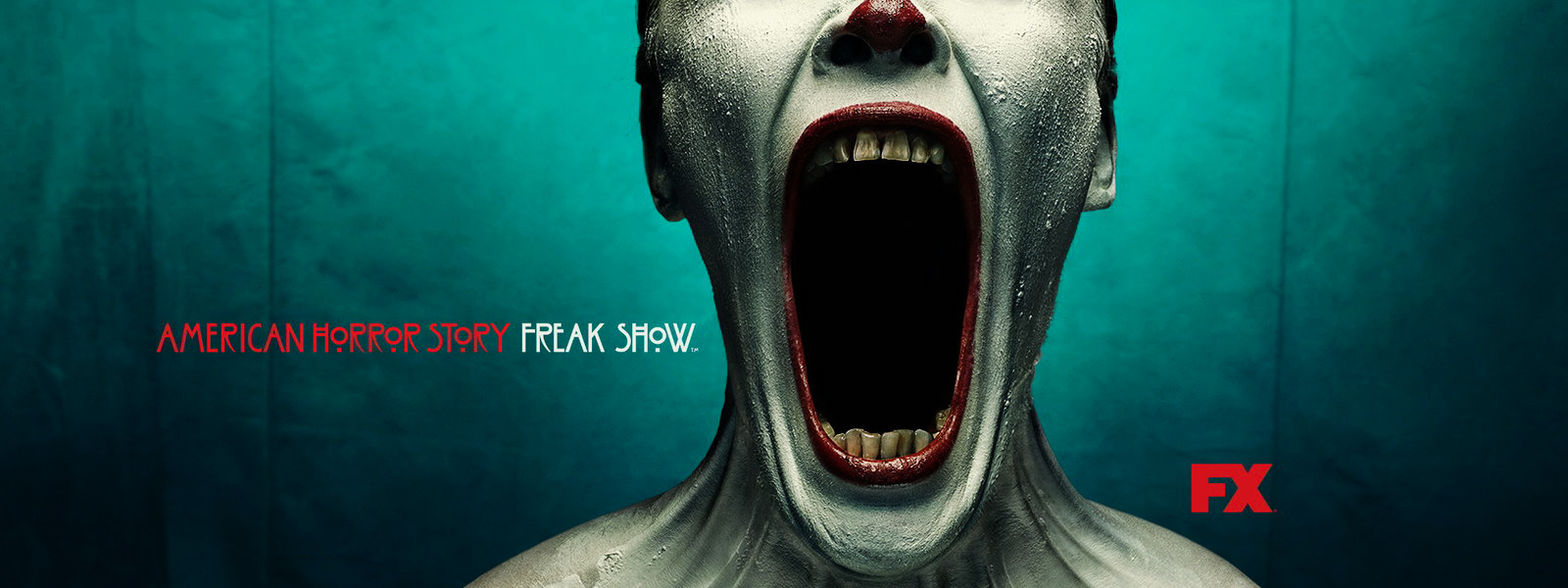
“What’s this season’s theme?”
That’s been the biggest question posed by fans and critics of the anthology series show “American Horror Story.” Producer and creator Ryan Murphy admitted that the newest season will illuminate how characters relate to one another across its previous five seasons.
Long-term fans were excited to learn any information prior to the show’s premiere on Sept. 14, yet the marketing team for the show chose a different route. The network opted to create misleading promotional videos that had no relation to the season’s theme and real promotional videos vaguely associated with the disclosed theme. By implementing this marketing tactic, the network was able to keep the theme for the season a secret.
Most of the ads featured a variety of horror tropes and visuals that paralleled classic horror movies. The most popular promotional video, entitled “The Mist,” features a four-legged figure scurrying toward the camera surrounded by mist, which clearly alludes to the film “The Mist” based on Stephen King’s novella. Each promotional video features a separate theme. For example, the second-most popular video features a seated baby doll; once the camera zooms in, the face is disfigured and moves on its own, similar to the titular doll in a recent horror flick “Annabelle.”
All that said, every person interested in the show was eager to know the theme. There was a huge budget involved in the promotional videos, with every aspect carefully tailored to the show’s inclination toward horror. It wasn’t until last Wednesday night that the theme for the season was revealed: Roanoke.
Roanoke. So what is it? The Roanoke Colony, also referred to as the Lost Colony, was established on Roanoke Island in present-day North Carolina. It was a late 16th century attempt to establish a permanent English settlement. The colony’s nickname came from the fact that the colonists disappeared without a trace during the Anglo-Spanish War. To this day, there is no conclusive evidence as to what happened to the 116 settled colonists.
There are many theories surrounding the disappearance of the settlers, providing wonderful source material for Murphy to use to connect previous seasons and create a sound foundation for all previous and future seasons to stand on. When the show began, viewers were either disappointed or intrigued by what they saw.
Viewers were introduced to scenes of characters recounting their stories with documentary-style talking heads, which were cross cut with live action reenactments of their testimonies. This format is a complete reversal of the established format of past seasons. Though the show lacked steady viewership throughout the season, the format change may keep viewers coming back every week to experience this fresh take on the series.
The inherent problem with a drastic change in a series so late in its run is the viewers’ refusal to adhere to and appreciate the changes. The documentary “My Roanoke Nightmare” features the characters Shelby (Lily Rabe, Sarah Paulson) and Matt (André Holland, Cuba Gooding Jr.) Miller explaining their “nightmare” in a North Carolina countryside after leaving Los Angeles. Later, the documentary includes Matt’s sister, Lee (Adina Porter, Angela Bassett), as she joins the Millers in the Carolina countryside. Although inviting, the format change has its drawbacks. Most notably, the tension and horror elements are lost in some respect; the viewer knows that any character that is recounting the story does not die, so whenever these characters are in any state of peril, tension is minimal.
Along with the documentary style, the use of narration is annoying and downright amateurish. When the narration overlays the dramatic reenactment, it cheapens the experience and the show feels low-budget as opposed to the powerhouse that it is. At these times, the format change overpowers the authenticity of the theme.
Another critique of the show concerns the characters’ psychology and makeup. The three main characters lack believability and relatability. They seem to be portrayed as either exaggerated versions of classic horror tropes or ignorant individuals placed in supernatural situations. Because the characters fall into these gray areas, it’s hard for the viewer to sympathize with their plights and the dangers they encounter.
The true highlight of the show came when the dramatic reenactments served as the focal point (and a personal highlight) of the scenes. These parts of the show are similar to the previous seasons’ format and are what put the show on the map. When the actors are given free range to act and portray their characters truly, the show prevails despite its content.
Overall, the premiere episode for the sixth season kept people on the edge of their seats, whether through confusion or genuine excitement. Murphy is keeping the overarching story close to his chest, and this tactic will prove beneficial in bringing viewers back every week to understand the entire series.


Leave a Reply